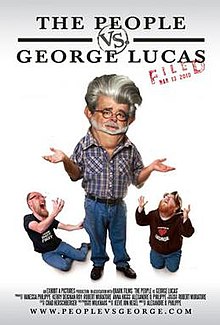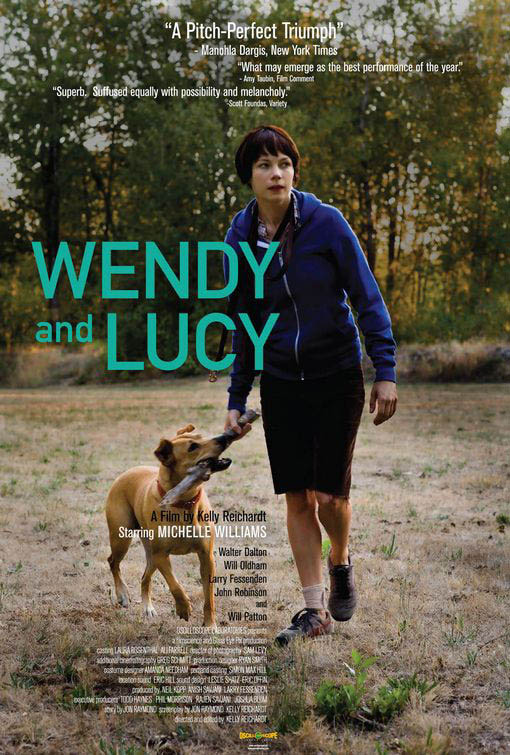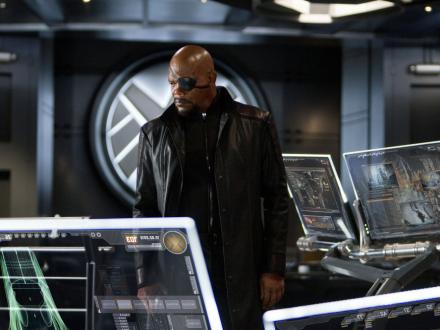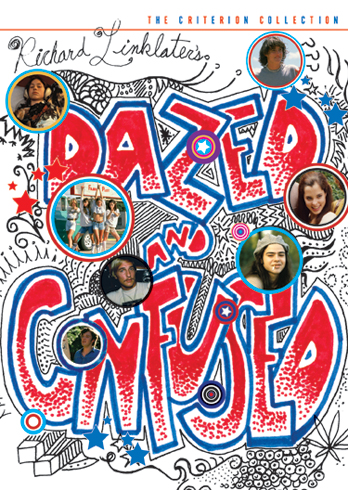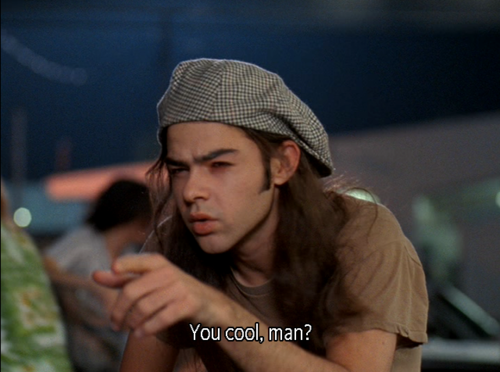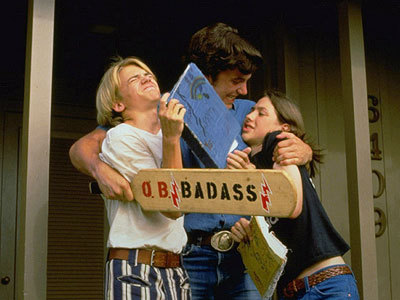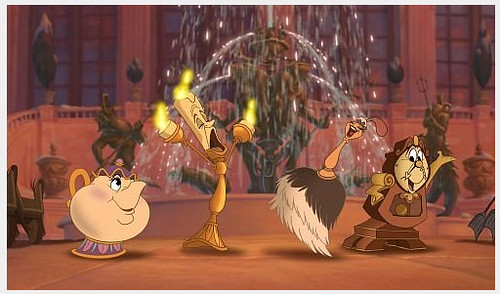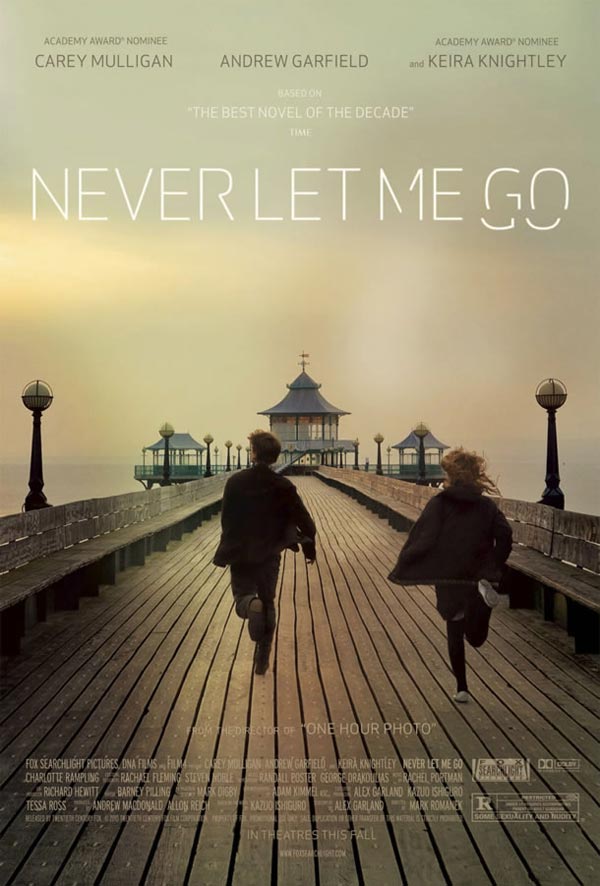The Descendants (2011)
– Mark it 9.
Seven years since his last film,
Alexander Payne's The Descendants has been well
worth the wait; it’s probably even his best effort yet. George Clooney is fantastic as Matt King, an
average middle-aged dad, who has had his seemingly normal Hawaiian life
completely turned upside down. In the
midst of a major financial decision (the trust controlling his family’s huge
tract of land is dissolving), Matt’s wife goes into a permanent coma after a
boating accident, leaving him to take care of his two troubled daughters on his
own. When his older daughter (Shailene
Woodley) reveals his wife’s infidelity, the family begins a quest to find
closure. By confronting the source of
their pain, they are able to finally able to make their peace and say
goodbye. The Descendents is easily one of the best films of last year:
darkly funny, tearfully poignant, beautifully shot, and filled with powerhouse
performances. Clooney has never been better and the actresses playing his two
daughters (Woodley and Amara Miller) hit just the right notes every time.
The People vs. George
Lucas (2010) – Mark it 5.
This sloppy but entertaining documentary asks an interesting question about who
should rightfully take ownership over the Star
Wars legacy: the artist who created it or the fans who made it a phenomenon. Of course, this
is for the fanboys, by the fanboys and clearly gives only one point of view. It is preaching the choir, but I
had fun with it nevertheless. With dozens of Star Wars geeks sharing the quest from
idolizing Lucas (the original trilogy) to being mildly irritated (the 1997
special editions) and finally to complete disgust (the dreaded prequels), it is
very thorough in explaining what exactly went wrong from the fans’
perspective. When it comes to being a Star Wars fan, I am probably a step above casual (as you can see my Phantom
Menace review this past March), so it was quite entertaining to hear the
diehards state their case. Overall, I am
still a hung jury on The People vs. George Lucas between the artist and the fans. Though it did convince me to put “seeing the real original trilogy” on my
bucket list.
Wendy and Lucy (2008)
– Mark it 7.
Writer/director Kelly Reichardt (2011’s Meek’s Cutoff) is a unique talent with a distinct style. She tells deliberately paced, simple stories
that are steeped in realism yet full of tension. The plot revolves around a young woman, Wendy (Michelle Williams), on a long road trip
with her beloved dog, Lucy, from Indiana to Alaska, where the job prospects are
supposedly better. But after her car
breaks down in a small Oregon town, a small mistake separates the two
companions and grinds their trip to a halt.
We are left to quietly watch Wendy’s desperate search to find Lucy and
somehow pay for her car’s repairs, but this quest is full of hardships. Williams is fantastic as the strong woman who
slowly realizes that she is alone and in over her head on this journey. I also loved the friendship she builds with an
old security guard (Walter Dalton), the only man in town willing to help. This simple little indie may not be everyone’s
thing, but I found its quiet moments beautiful, its subtle performances great,
and its small storyline very moving.
Describing In the Loop
to a friend, I said it was a zanier and raunchier West Wing. The similarity
comes from seeing an inside look at the big decision makers in government (in
both Washington and London), whose words and actions reverberate around the
world. However, In the Loop is a completely over the top and excellent satire of
that world. When a dimwitted British
politician’s slip of tongue gets blown out of proportion, it sets off a series
of events that lead the U.K. and U.S. toward war in the Middle East. From the generals and diplomats to aides and
spin-doctors, these characters are incompetent, arrogant and hilariously
powerful, all at once. So many things
are fun to watch, like the slimy chairman of the secret war committee (David Rasche)
going to toe to toe with a brutish, but peace loving, general (James
Gandolfini). But Peter Capaldi steals
the show as his British media relations czar, Malcolm Tucker, spits out
countless and brilliant obscenities throughout; that alone makes In the Loop worth watching.
Tinker Tailor Soldier
Spy (2011) – Mark it 6.
It is necessary to pay very close attention to every second
of Tinker Tailor Soldier Spy’s two
plus hours to understand what is going on as George Smiley (Gary Oldman) tries
to unravel who among the high-up spies in Britain’s MI-6 is a mole for the
Soviets. It is impossible to deny what a
well-crafted film this is, with its 1970s setting being so well done, the tension is always amped, and the performances by its all-star British cast are all
top-notch. However, to fully appreciate Tinker Tailor Soldier Spy’s dense
plotline, it will take a second viewing that I am not planning on attempting in
the near future. As usual, Gary Oldman
is great but in the quietest and subtlest of performances. He observes first and speaks second, but it
fascinating to watch him observe and try to untangle the huge and dangerous
mystery that is set up before him. Also,
Tom Hardy is in this and he is always awesome (I cannot wait for his Bane!).
